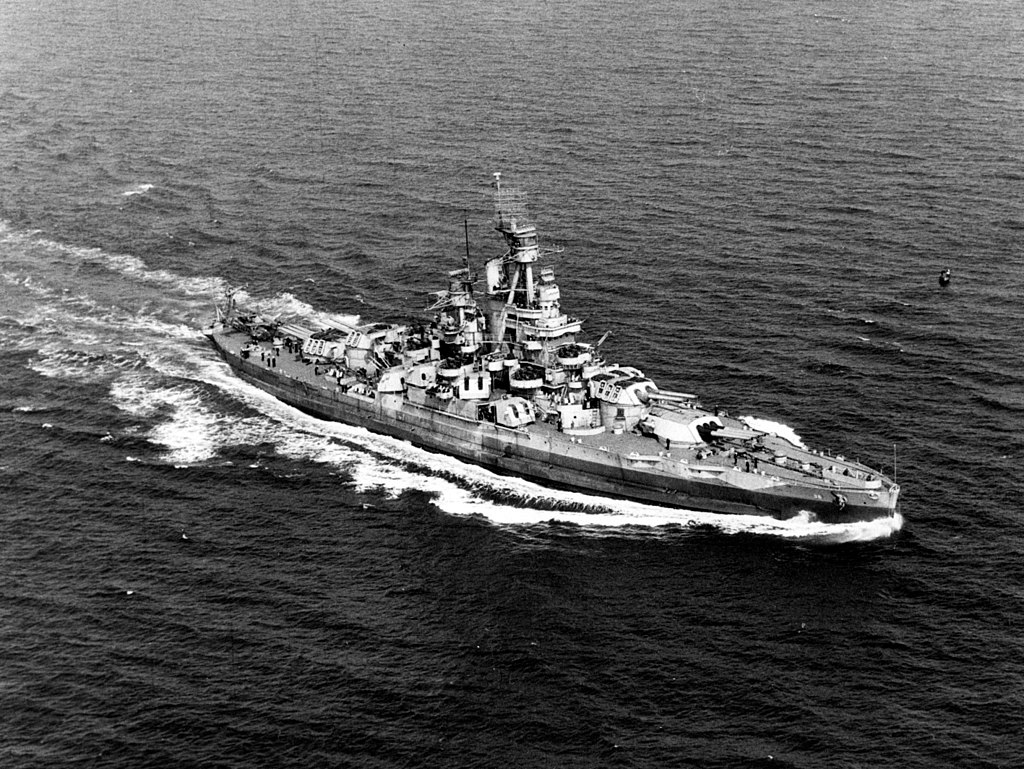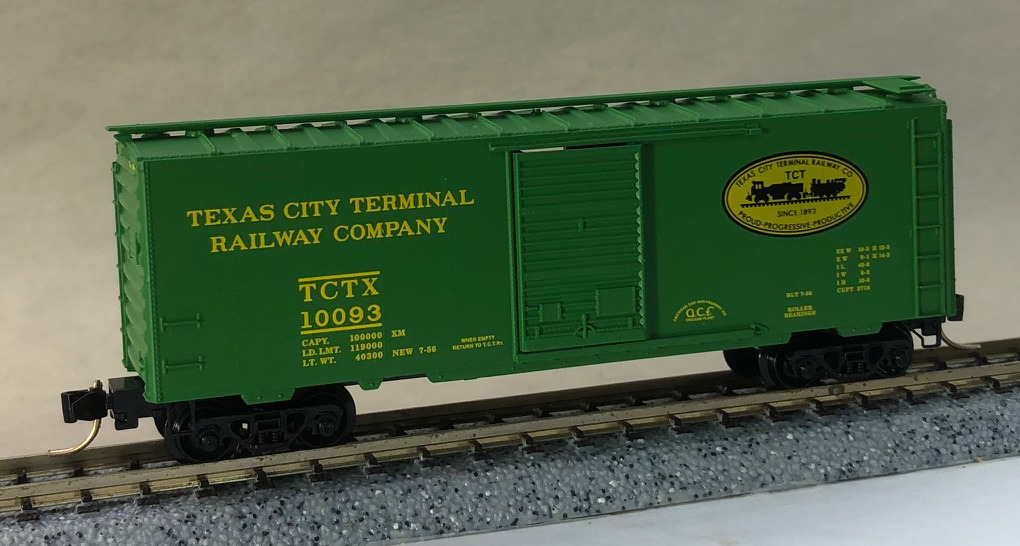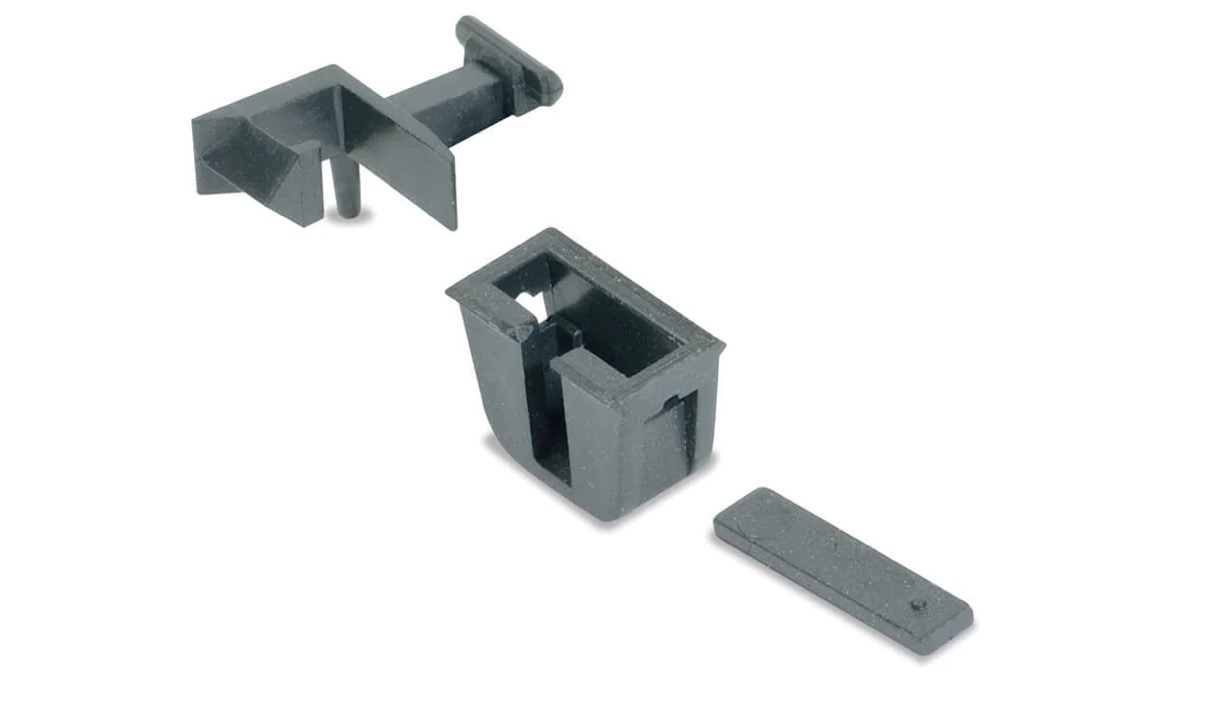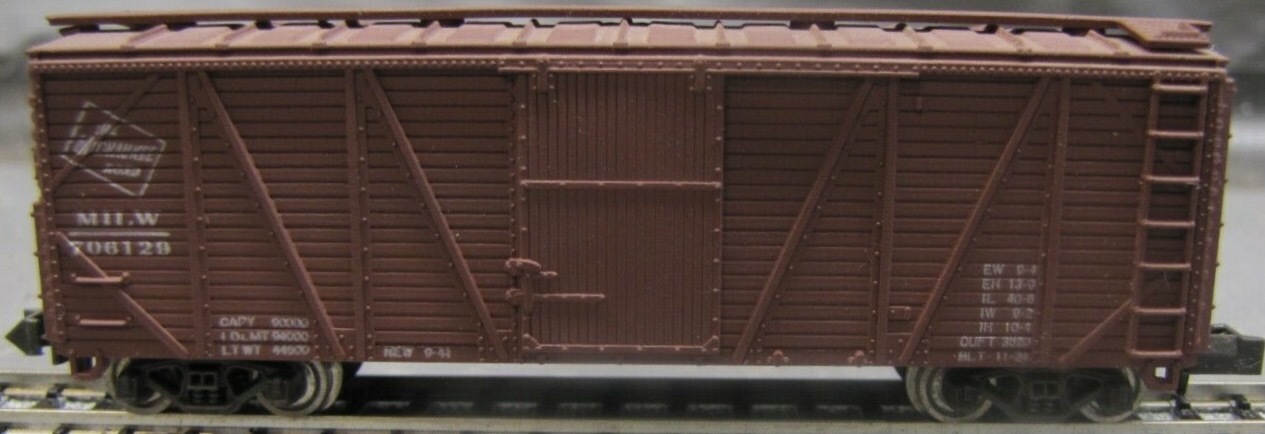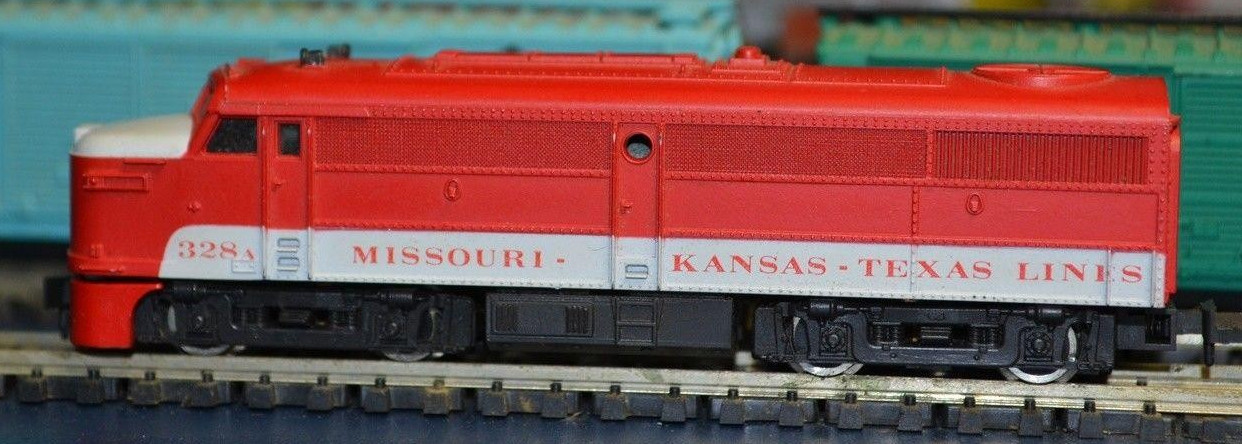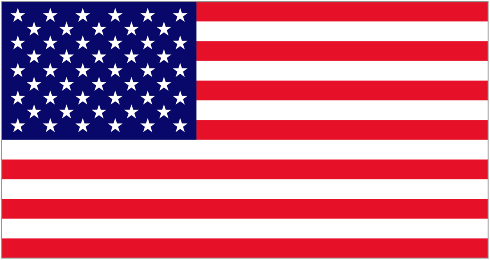Nevada
| Name | Nevada |
| Primary Country | United States (Details) |
| Period | World War I |
| Type | Battleship |
| Preceded By | New York (Details) |
| Succeeded By | Pennsylvania (Details) |
| Number Planned | 2 |
| Number Completed | 2 |
| Other Nations | none |
History:
The Nevada-class battleships were the United States Navy‘s first battleship design equipped with triple gun turrets (the Colorado class would be the last to carry twin turrets, armed with dual-mounted 16-inch guns), as well as introducing the "all or nothing" armor scheme in American capital ship design, in which protection of vital areas was optimized against heavy caliber guns, leaving other parts of the ship essentially unprotected. The Nevadas also introduced completely oil-fired propulsion. In armament, armor, and propulsion the Nevada class represented a considerable evolution in battleship design and, in being designed specifically to fight at extreme gunnery ranges, was actually well ahead of its time. They would be followed by the Pennsylvania-class battleships. Two ships of this class were constructed: Nevada (BB-36) and Oklahoma (BB-37).
The Nevadas were the first Standard-type battleships produced by the U.S. Navy[7] Along with the Pennsylvania, New Mexico, Tennessee and Colorado classes, the standard type offered a battle line of vessels homogeneous in long-range gunnery, speed, tactical radius and damage control. The essential characteristics of the standard type were oil fuel, "all or nothing" armor, the arrangement of the main battery into four turrets, and significant deck armor providing protection against shells fired from long range. This combination of features made the Nevadas the prototype of the modern battleship. For example, the protection of the standard class battleships was not significantly revised after the Battle of Jutland, while other Navies tended to have different pre- and post-Jutland designs.
Active in the Atlantic Ocean before and during World War I, the Nevadas were deployed to protect Allied supply lines in the European war zone in 1918. Their service continued after the "Great War", though by the early 1920s they were the oldest of the main Battle Fleet units. Both were extensively modernized between 1927 and 1929. Oklahoma was sunk during the attack on Pearl Harbor in 1941 and was a total loss. Nevada beached herself during this raid to prevent blocking the harbor entrance after receiving damage, and was salvaged and modernized. She provided gunfire support for amphibious operations in the European and Pacific theaters, which included shelling German shore batteries on D-Day along with USS Texas and USS Arkansas. Considered too old at the end of World War II to be kept in active service, Nevada was used as a target ship for nuclear and conventional weapons from 1946 to 1948, proving that her protection scheme was sound as she remained afloat for further target use after nuclear weapons tests in Operation Crossroads.
The Nevadas were the first Standard-type battleships produced by the U.S. Navy[7] Along with the Pennsylvania, New Mexico, Tennessee and Colorado classes, the standard type offered a battle line of vessels homogeneous in long-range gunnery, speed, tactical radius and damage control. The essential characteristics of the standard type were oil fuel, "all or nothing" armor, the arrangement of the main battery into four turrets, and significant deck armor providing protection against shells fired from long range. This combination of features made the Nevadas the prototype of the modern battleship. For example, the protection of the standard class battleships was not significantly revised after the Battle of Jutland, while other Navies tended to have different pre- and post-Jutland designs.
Active in the Atlantic Ocean before and during World War I, the Nevadas were deployed to protect Allied supply lines in the European war zone in 1918. Their service continued after the "Great War", though by the early 1920s they were the oldest of the main Battle Fleet units. Both were extensively modernized between 1927 and 1929. Oklahoma was sunk during the attack on Pearl Harbor in 1941 and was a total loss. Nevada beached herself during this raid to prevent blocking the harbor entrance after receiving damage, and was salvaged and modernized. She provided gunfire support for amphibious operations in the European and Pacific theaters, which included shelling German shore batteries on D-Day along with USS Texas and USS Arkansas. Considered too old at the end of World War II to be kept in active service, Nevada was used as a target ship for nuclear and conventional weapons from 1946 to 1948, proving that her protection scheme was sound as she remained afloat for further target use after nuclear weapons tests in Operation Crossroads.
Type:
Battleship
Primary Country:
The U.S. is a country of 50 states covering a vast swath of North America, with Alaska in the northwest and Hawaii extending the nation’s presence into the Pacific Ocean. Major Atlantic Coast cities are New York, a global finance and culture center, and capital Washington, DC. Midwestern metropolis Chicago is known for influential architecture and on the west coast, Los Angeles' Hollywood is famed for filmmaking.
Item Links:
We found: 3 different collections associated with
Nevada - Battleship
- Collection War at Sea: 1 different items
- Collection Warship Classes: 2 different items
- Collection Warships: 1 different items
Item created by: Lethe
on 2019-03-20 12:17:33
Last edited by: gdm on 2019-07-31 15:38:29
If you see errors or missing data in this entry, please feel free to log in and edit it. Anyone with a Gmail account can log in instantly.
Last edited by: gdm on 2019-07-31 15:38:29
If you see errors or missing data in this entry, please feel free to log in and edit it. Anyone with a Gmail account can log in instantly.


